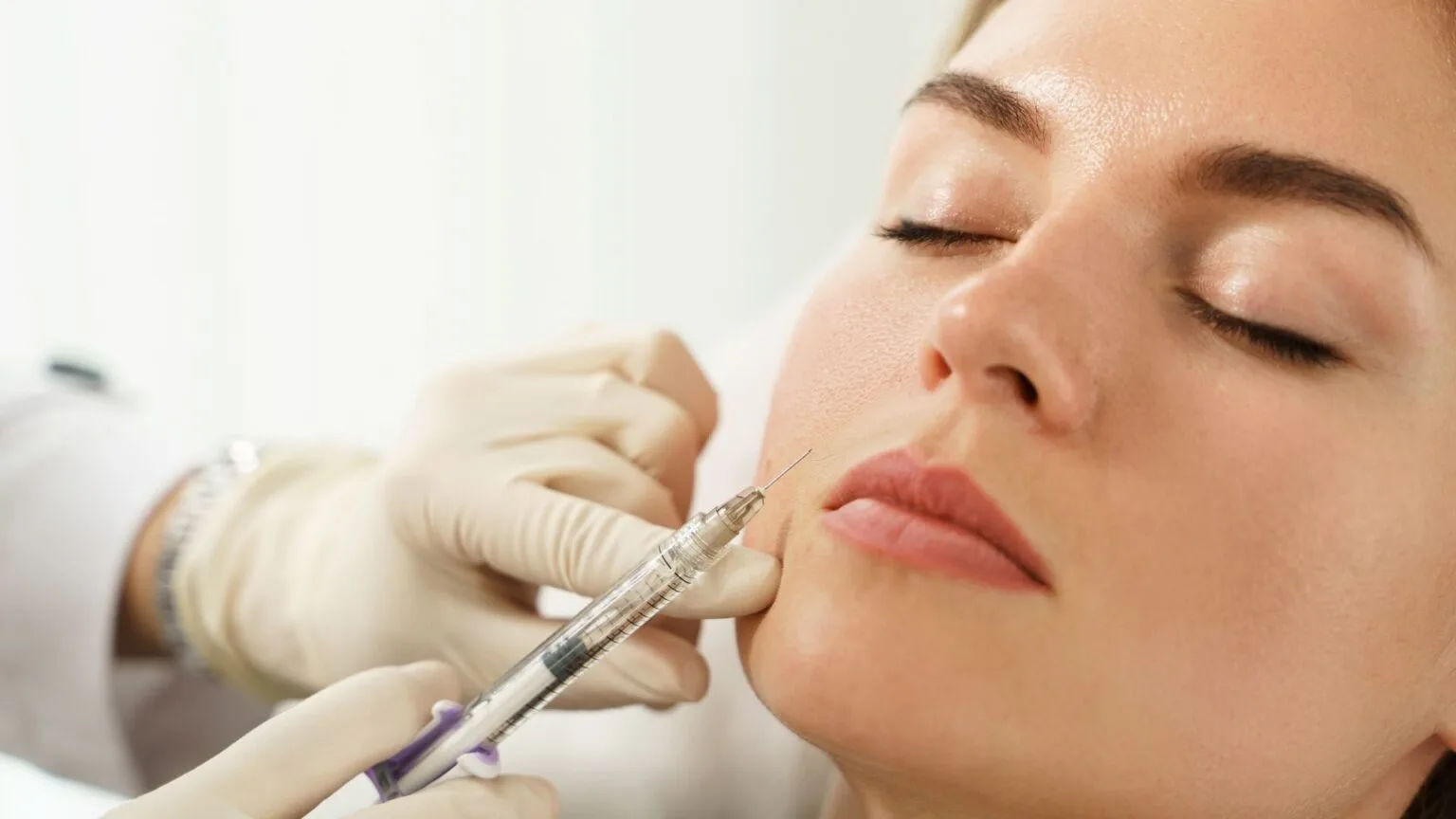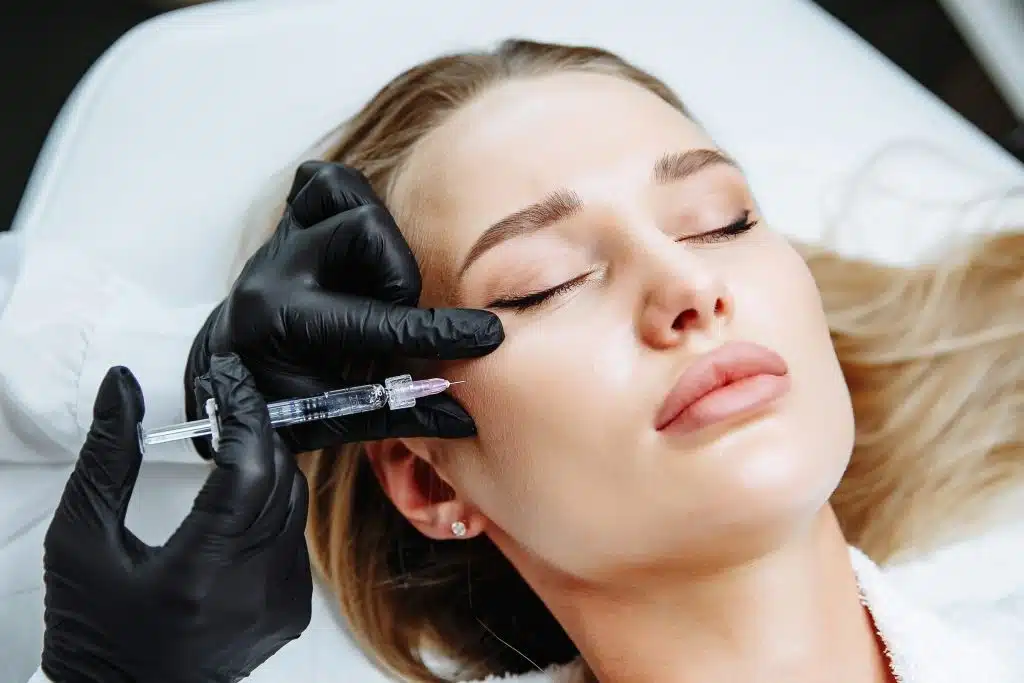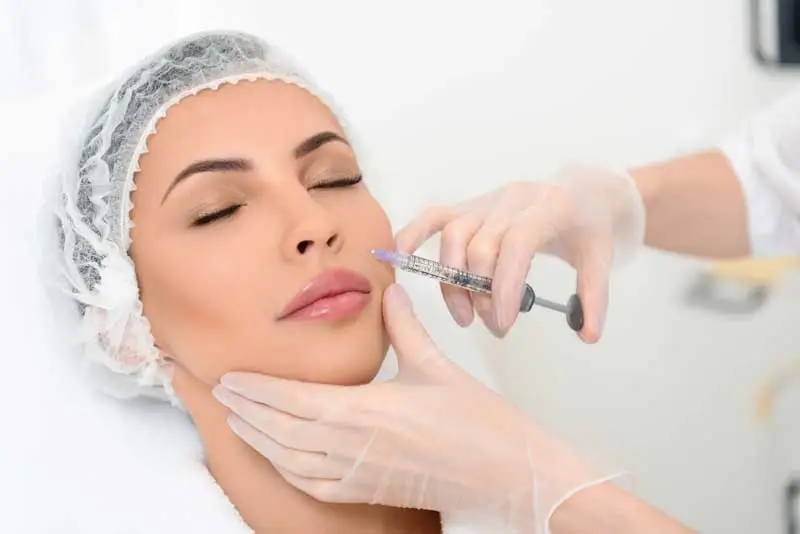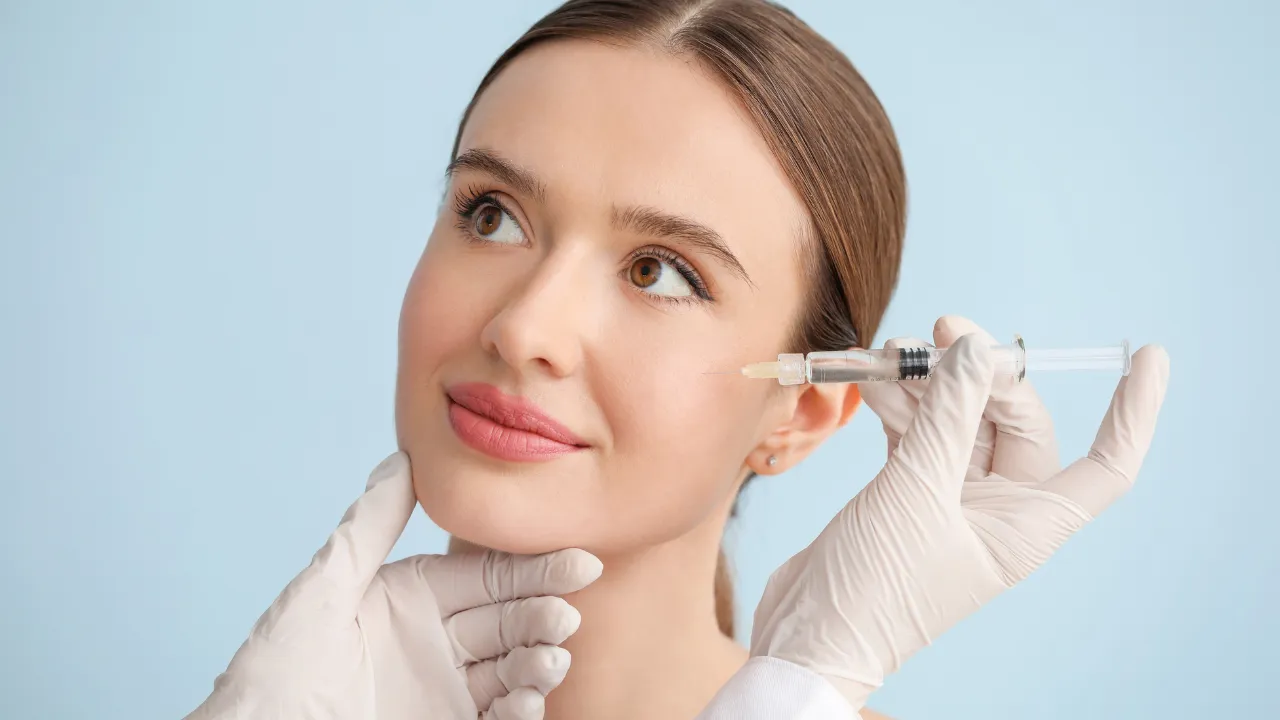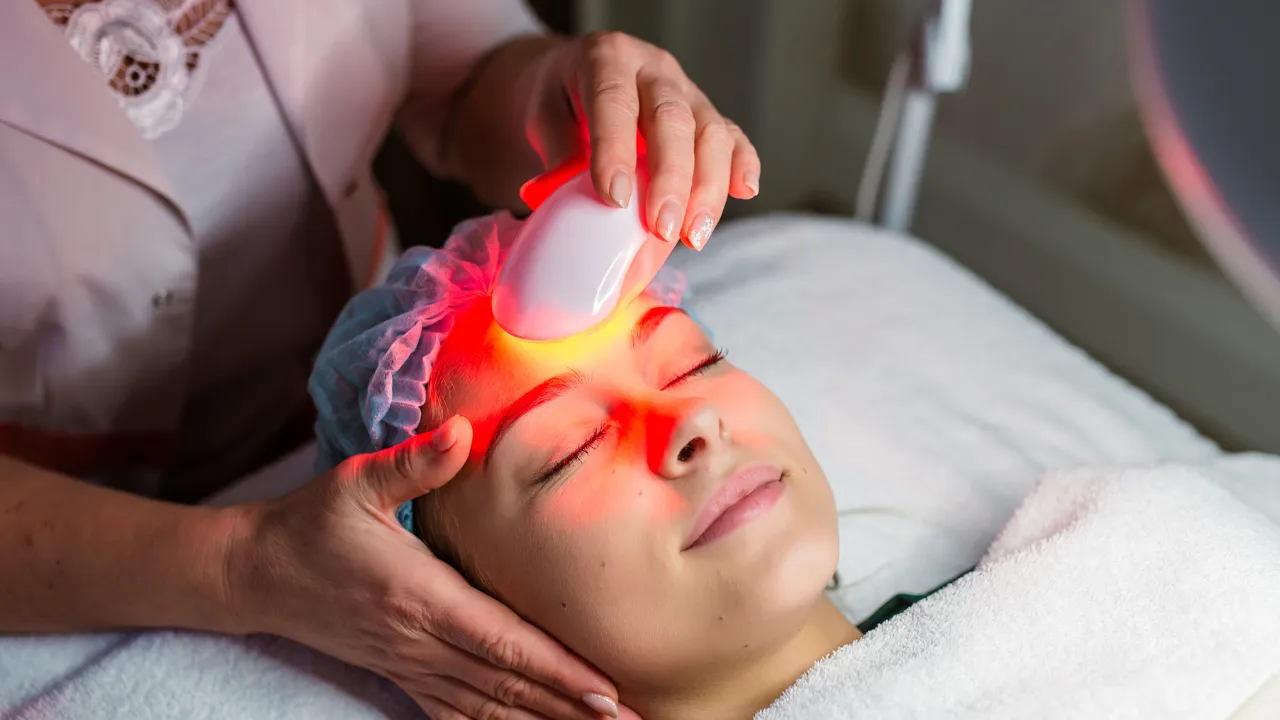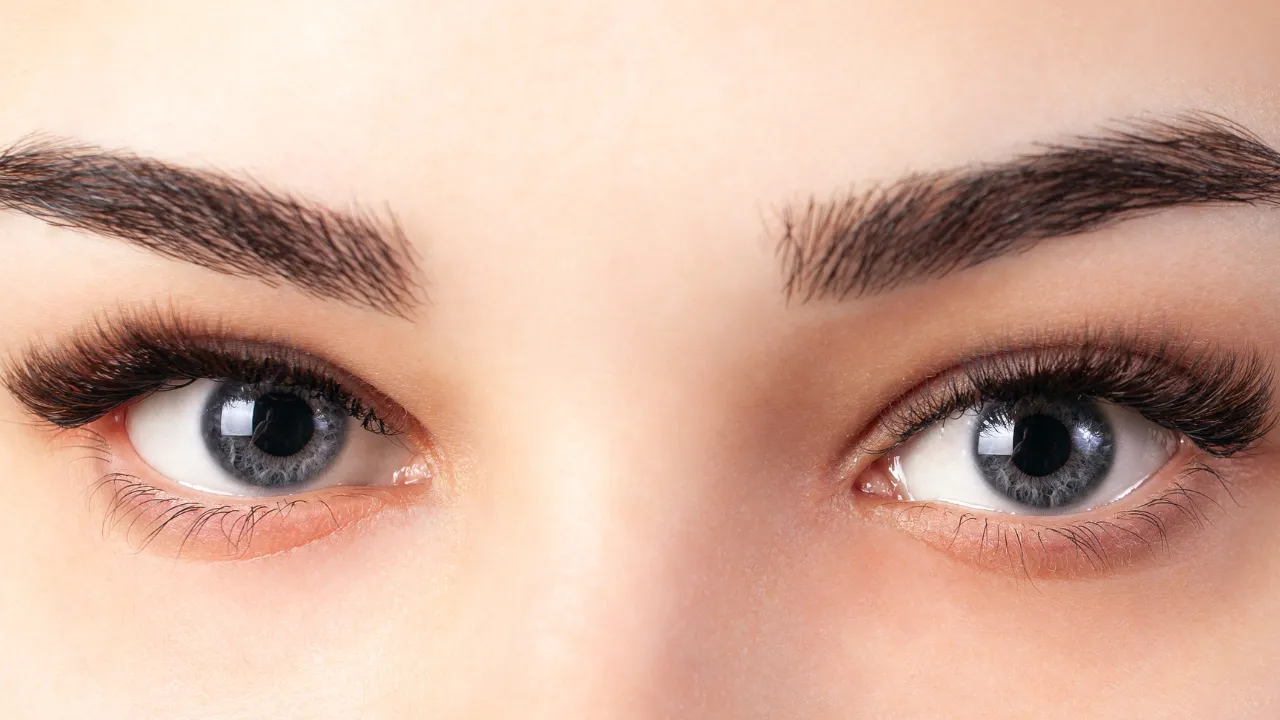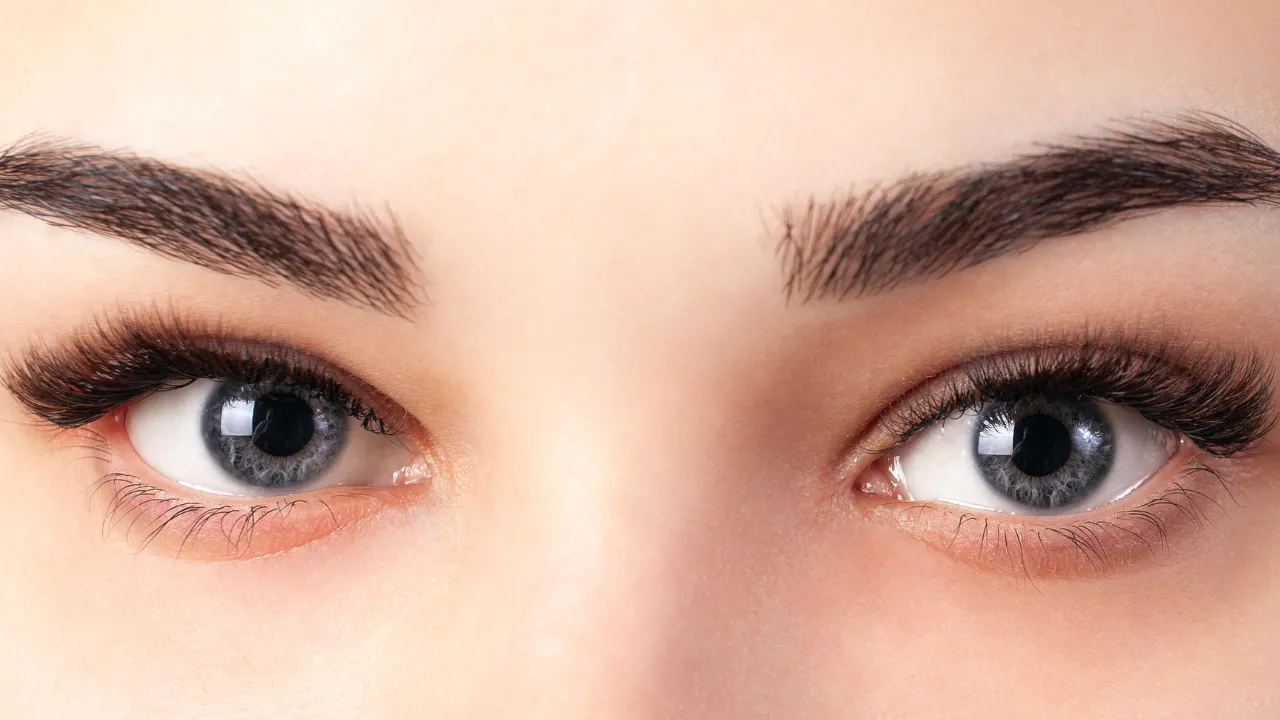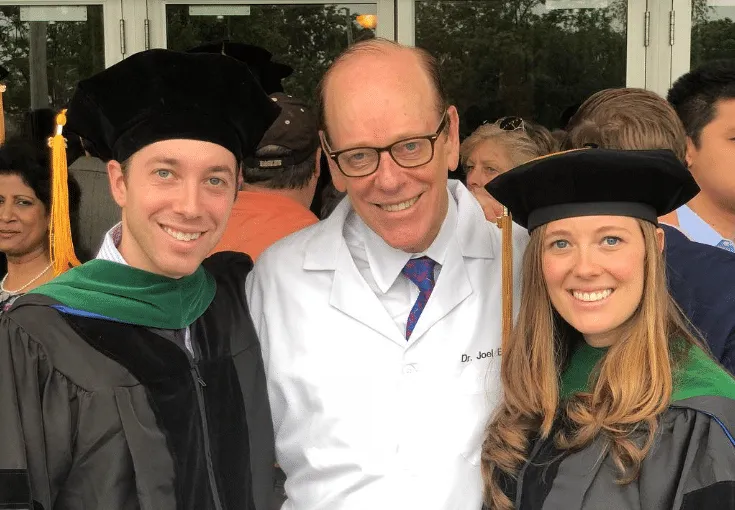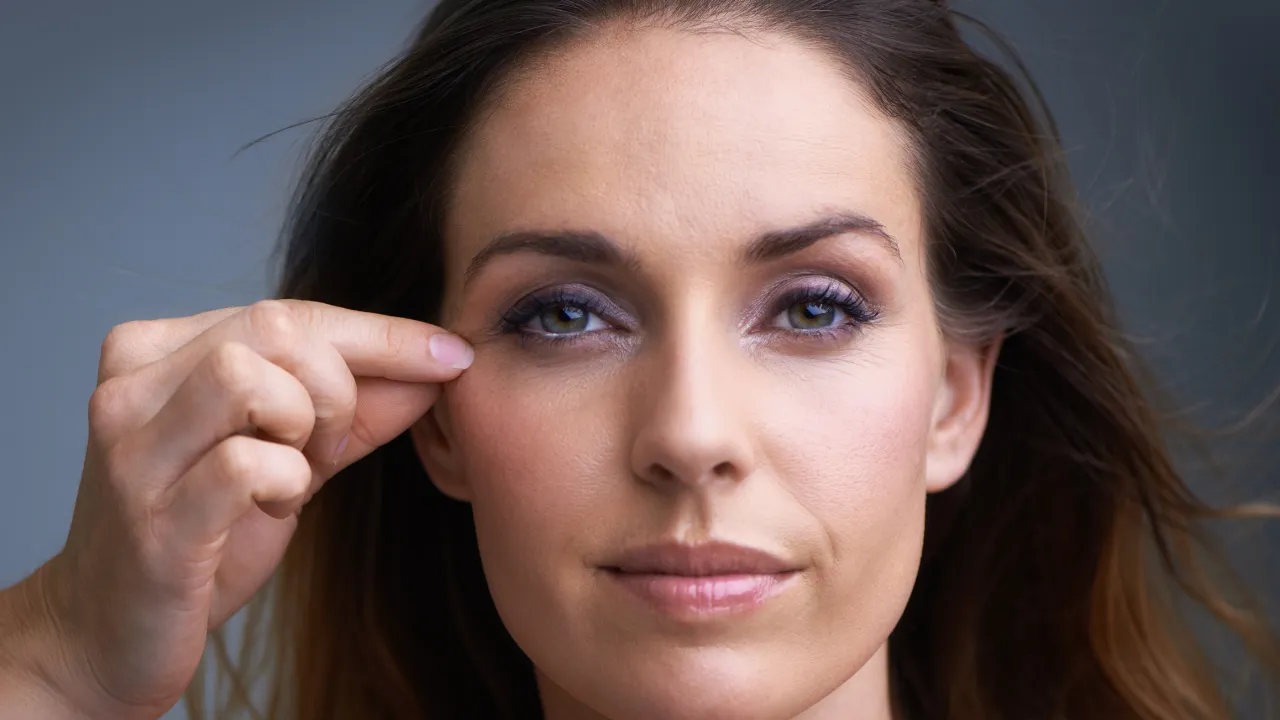After eyelid surgery, knowing when and how to resume physical activity is key to recovery. This guide, based on the expertise of Dr. Joel Kopelman of Kopelman Aesthetic Surgery, covers everything about exercise after blepharoplasty surgery.
Table of Contents
ToggleHealing Timeline and What to Expect
How Long Is Eyelid Surgery Recovery?
Most patients recover within 10 to 14 days for light activities. Bruising and swelling peak in the first 72 hours and fade by week two. Full recovery varies but can take several weeks based on age, skin type, and adherence to post-op care.
You’ll see gradual improvements in the days after surgery, but rest is essential during the recovery period. Following the whole recovery process ensures better outcomes and reduces complications.
Double Eyelid Surgery Recovery Time
Double eyelid surgery may involve more puffiness. Patients usually return to work within 10 days, with visible improvement by week six. Follow your surgeon’s instructions carefully.
When Will I Look Normal Again?
Swelling subsides significantly after two weeks. Some puffiness or tightness can persist for up to two months. Makeup may be used after one week. Final results appear within two to three months.
How Long to Ice After Blepharoplasty
Apply a cold compress or an ice pack for 10–15 minutes hourly during the first 48–72 hours. This reduces swelling and discomfort. Never place ice directly on the skin.
Physical Activity After Surgery
When and How to Resume Exercise
Walking is safe after 3 to 5 days if it’s light. Avoid cardio or strength training for two weeks.
Start with:
- Walking after 3–5 days
- Stretching after 7–10 days
- Cardio after 14–21 days
Always consult your surgeon. Listen to your body and stop if discomfort increases.
Exercise After Lower Blepharoplasty
Lower eyelid surgery requires extra caution. For three weeks, avoid high-impact movement. Yoga inversions or bouncing may cause swelling.
Running and High-Intensity Exercise
Avoid running or heavy lifting for at least 3 to 4 weeks. These activities increase the risk of swelling or reopening incisions. Avoid strenuous activities unless your surgeon approves.
Returning to Specific Fitness Activities
Can I Do Pilates or Barre After Surgery?
Wait at least 3–4 weeks before resuming core or inversion-heavy workouts. Avoid head-lowering moves.
What About Resistance Bands or Bodyweight Training?
Resume after 3 weeks if exercises avoid facial strain. Skip pushups or other movements that raise blood pressure.
Is Swimming Safe After Blepharoplasty?
Avoid swimming for 4 weeks to reduce infection risk. Wait until all incisions are sealed.
Sleep and Aftercare Habits
When Can I Sleep on My Side?
Sleep on your back with the head elevated for 7 to 10 days. Side sleeping may cause uneven swelling. Use pillows or a wedge to stay in position.
Best Sleeping Positions
Back sleeping with a 30 to 45-degree incline is best. Avoid face-down or side positions.
How to Massage After Blepharoplasty
Massage is not advised during early recovery. After 2–3 weeks, your surgeon may show you gentle techniques. Never massage without guidance.
Eye and Eyelid Exercises After Surgery
Eye exercises are rarely needed. Only perform eyelid movements, squinting exercises, or ptosis surgery exercise routines if prescribed. Unsupervised movement can harm healing.
Do’s, Don’ts, and Medical Advice
Post-Op Rules to Follow
- Keep incisions dry
- Use prescribed eye drops as directed
- Avoid lifting heavy items
- Wear sunglasses to protect your eyes
- No makeup for 10 days
- Avoid putting pressure on the eyes
- Don’t wear contact lenses for 2 weeks
Ptosis Surgery Recovery Tips
Avoid eye strain. Limit screen time in the first week. Follow-up visits are essential. Dr. Kopelman stresses the importance of rest and consulting certified plastic surgeons for care.
Risks of Premature Exercise
Possible Complications
Exercising too early can cause:
- Prolonged swelling
- Bruising or bleeding
- Incision reopening
- Fluid under the skin
- Other side effects that slow healing
These issues may require more procedures.
Signs to Watch For
Stop exercising and call your doctor if you notice:
- Sharp eye pain
- New bruising or swelling
- Fluid discharge
- Vision changes
Quick response prevents future complications.
Expert Tips and Patient Stories
How to Heal Faster
- Stay hydrated
- Don’t smoke or drink alcohol
- Follow instructions closely
- Attend follow-ups
- Use compresses and sleep elevated
- Rest fully in the first 24 hours
Recovery Stories and Lessons Learned
Dr. Kopelman’s patients report better outcomes when following recovery guidance. One patient had surgery for droopy eyelids affecting vision and returned to activities in a few weeks with no issues.
Supplements and Nutrition to Support Recovery
What Foods Support Eyelid Healing?
It’s recommended to eat:
- Leafy greens, citrus fruits
- Lean proteins
- Hydrating fluids like water and broth
Are Supplements Like Arnica or Bromelain Useful?
Some providers suggest them to reduce swelling. Use only under medical supervision.
What Should I Avoid?
Limit the intake of salt, alcohol, and caffeine in the first two weeks.
Exercise and Recovery FAQs
Can I do yoga after eyelid surgery? After 2–3 weeks, try gentle, non-inverted poses. Avoid heated classes.
When can I lift weights again? After 3–4 weeks, with surgeon approval.
Are eye exercises necessary? Only if advised post-ptosis or for eyelid mobility.
What if I exercised too soon? Watch for swelling or pain. Contact your surgeon immediately.
Dr. Joel Kopelman brings over 35 years of surgical experience to every case. At Kopelman Aesthetic Surgery, patient safety and recovery remain top priorities. Eyelid lift procedures are delicate, and every recovery step counts.



